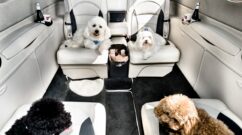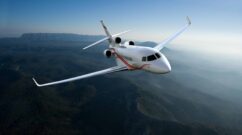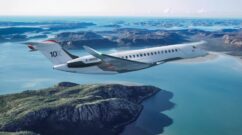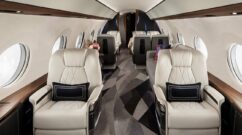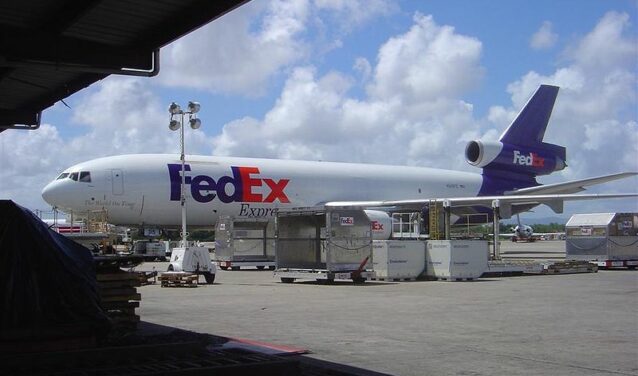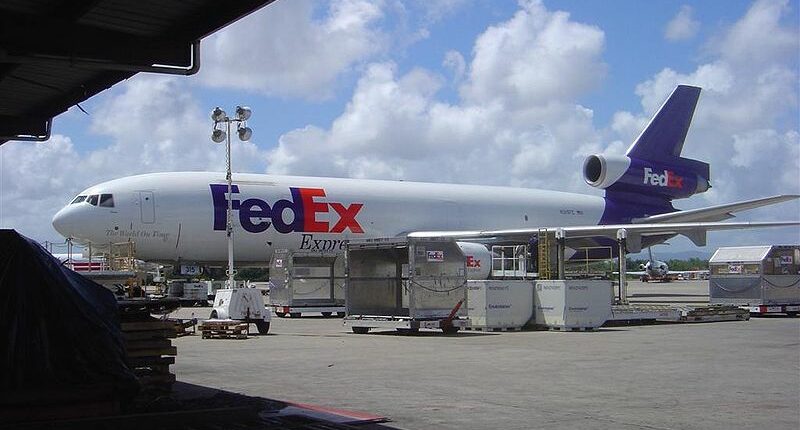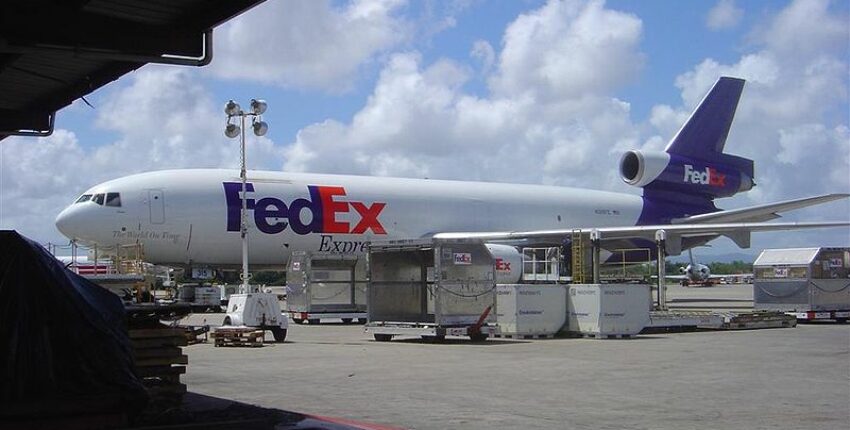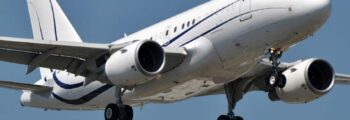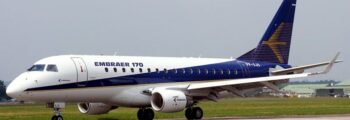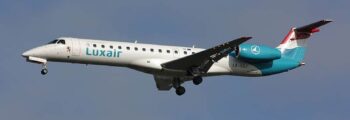Description of DOUGLAS DC-10 PLANE RENTAL
Learn more about the Douglas DC-10 plane
The McDonnell Douglas DC-10 plane is a long-haul airliner, first commissioned in 1971, replacing the DC-8. Its cargo version is the DC-10 CF (convertible passengers and freight) and DC-10 F (freight). The latter can carry 30 463 pallets or 25 LD3 containers, for a total load of 43 tons.
The original DC-10 plane was developed following an order from American Airlines in 1966. This American manufacturer was looking for a long-haul aircraft smaller than the Boeing 747, capable of using short runways.
Douglas and McDonnell, two companies that merged in 1967, then continued with a project previously submitted in a competition to design the DC-10. However, the Lockheed L-1011 Tristar was an important competitor in the 1970s. This competition and numerous air accidents precipitated the decline of the DC-10.
Following the crash of American Airlines Flight 191 in 1979, the most serious air accident to occur prior to the 2001 attacks in the United States, the FAA withdrew the certification of the DC-10 for five weeks. Once allowed to fly again, the aircraft had suffered a major blow to its reputation and American Airlines had to go so far as to remove the “DC-10” designation from the “DC-10 Luxury Liners” aircraft to rebuild its reputation. Astronaut Charles Conrad was also hired to promote the plane. In addition, in 1989, a DC-10 was the victim of a bomb attack in Niger attributed to Colonel Gaddafi, killing all passengers and crew members.
386 units were produced until 1989, including 10 units of DC-10-10CF and 27 of DC-10-30CF. KC-10 Extender tanker aircraft were also built from DC-10. The MD-11, a longer and more powerful version, later replaced the aircraft.
Military companies and freight companies such as FedEx Express still use DC-10s today.
An ideal aircraft for all your cargo needs
Are you looking to charter a DC-10 plane for the transport of cargo over long distances? Look no further than AEROAFFAIRES, your air cargo specialist. Need to transport parts to a major manufacturing centre overseas or fly out high-value cargo such as precious metals, jewellery, works of art, fashion collections, or music equipment? With our expertise and bespoke service, you can enjoy complete peace of mind, safe in the knowledge that your cargo will be delivered punctually and in the safest possible conditions.
Fun facts about the DOUGLAS DC-10
High-flying Record Holder
The Douglas DC-10 is a record holder in the aviation world. In 1989, a DC-10 set the record for completing the fastest circumnavigation of the globe by a commercial airliner. The record-breaking flight took off from Los Angeles and travelled around the world, covering a distance of over 38.500 kilometres, with stops in Madrid, Auckland, and Vancouver. The journey was completed in just under 42 hours, which included refuelling and rest stops.
VIPs who flew on the DC-10
Did you know that the Douglas DC-10 has been a favourite of VIPs for decades? In fact, in the 1980s and 1990s, the DC-10 was the aircraft of choice for many notable VIPs, including:
- Queen Elizabeth II: The former Queen of the United Kingdom has flown on the DC-19 several times during her reign. One notable occasion was in 1983 when she used a DC-10 for her tour of the Pacific Rim. The aircraft was fitted with luxurious seating and amenities. Her choice of the DC-10 as her preferred mode of transport highlights the aircraft’s reputation for comfort, reliability and safety.
- President Ronald Reagan: Reagan frequently used the DC-10 as Air Force One during his presidency, including for his trip to attend the funeral of Egyptian President Anwar Sadat in 1981.
- Pope John Paul II: The DC-10 was used to transport Pope John Paul II on several of his international trips, including his 1987 visit to the United States.
- The Rolling Stones: The iconic rock band famously used a DC-10 for their 1975 tour of the United States.
- President Bill Clinton: Clinton also used the DC-10 as Air Force One during his presidency, including for a trip to Africa in 1998.
- John F. Kennedy Jr.: The son of President John F. Kennedy used a DC-10 for his 1996 wedding to Carolyn Bessette.
Charter a DC-10 with AEROAFFAIRES
If you’re looking for a spacious, long-range aircraft that offers comfort, convenience, and affordability, look no further than the Douglas DC-10. With its impressive history, record-setting flights and advanced features, the DC-10 is the perfect choice for your next charter. Contact AEROAFFAIRES today to book your flight and experience the ultimate in luxury and convenience on the DC-10. Our team of flight experts is available 24/7 to assist you with any questions or concerns. Simply call us at +33 (0) 1 44 09 91 82 or email us at: charter@aeroaffaires.com
Do you need a price estimate?
Request for quoteCommercial features of DOUGLAS DC-10 PLANE RENTAL
The DC-10 has three engines, two under the wings and one at the base of the drift.
It has a wingspan of 47 metres and it is 55 metres long and 17 metres high.
Estimate your flight online and receive your quote by email
Technical specifications of DOUGLAS DC-10 PLANE RENTAL
 Aircraft
Aircraft
- Manufacturer MCDONNELL DOUGLAS
- Model DC-10
- Classification Commercial Airliners
 Useful information
Useful information
- Pilots 2
- Flight crew No
- Seats 270-380
- Luggage compartment volume 130 m³
 Cabin
Cabin
- Interior Height 3 m
- Interior Width 2,6 m
 Performance
Performance
- Cruising speed 870 km/h
- Range 6 500 km
 Price
Price
- Hourly rates 9 300 €/hour
- Purchase Price 105 000 000 €
Discover our online comparator
AEROAFFAIRES in figures
Renting private jets
since 1991
20 000
private jets
45 000
completed flights
120 000+
passengers
4,9/5
customer satisfaction
100%
carbon offsetting
Range of action of the DOUGLAS DC-10 PLANE RENTAL
Move the centre point on the map according to your starting position
Key Benefits of DOUGLAS DC-10 PLANE RENTAL
- The airliner can carry 270 to 380 passengers depending on the version (DC-10, 30, 40).
- The cargo aircraft can carry pallets and containers.
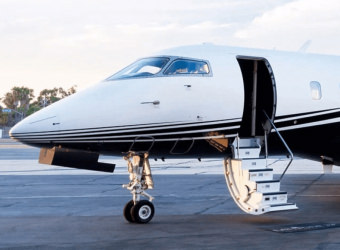
Do you need a price estimate?
Request for quoteUne question ? Contactez notre équipe

Isabelle CLERC
CEO AEROAFFAIRES

François-Xavier CLER
Founder AEROAFFAIRES
Our airline experts remain at your disposal to help you at every stage of your reservation.
